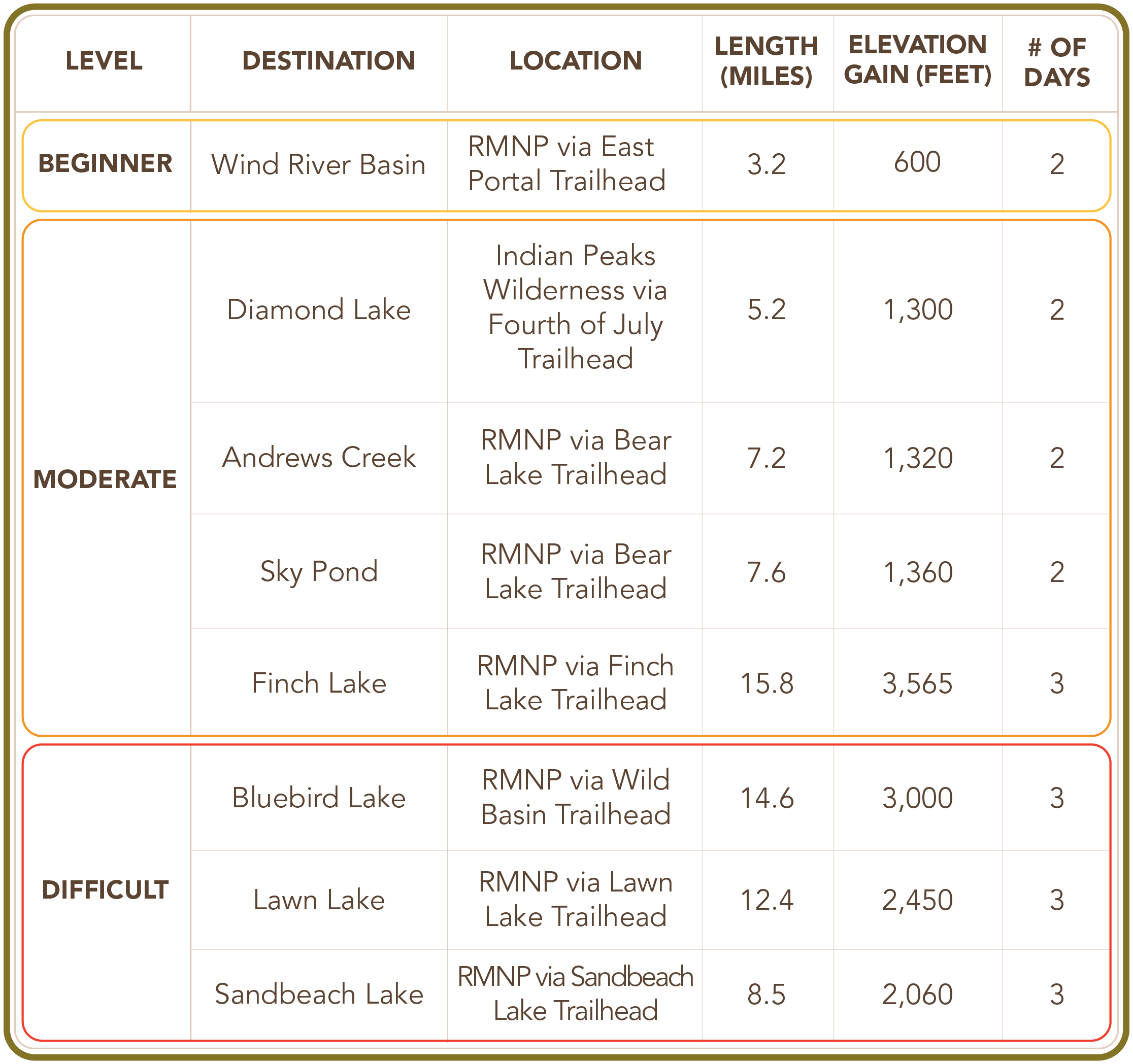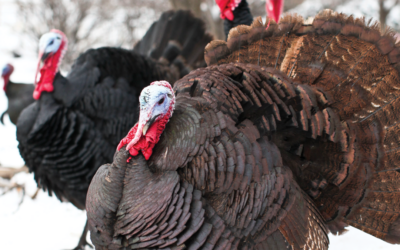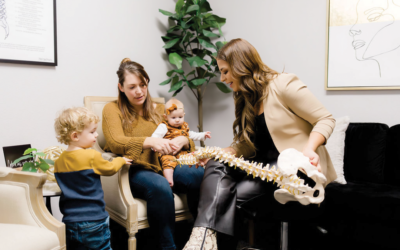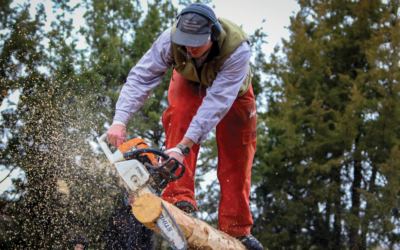Jose Murillo isn’t the only person who ever lied to his parents about spending the night at a friend’s house during his teen years—but he’s probably one of the few who used the excuse to sneak off and sleep under the stars. Alone. In the middle of nowhere. With nothing but a cold can of beans and a bulky sleeping bag.
“I had no idea what I was doing and had never even heard of backpacking,” Murillo says, “but I was determined to spend a night outside.”
Murillo has come a long way since that first solo night. After 15 years working at REI, he relocated from California to Fort Collins, where he manages The Gearage outdoor store. These days he shares his backpacking knowledge with customers and explores the Colorado backcountry every chance he gets.

Jose Murillo
Why backpacking?
According to the Forest History Society, backpacking—hiking with your gear on your back and camping out along the way—dates back to the late 1800s but only took off as a recreational sport after World War II. Once seen simply as a way to explore uncharted territory, today backpacking is widely considered an accessible, affordable way for outdoor enthusiasts to get outside and unplug.
Berthoud resident Jodi Massaro grew up backpacking with her parents, often venturing deep into the wilderness to escape the crowds.
“We’d drive four-wheel trails, pitch tents and get as far from civilization as we could,” she says.
Massaro still seeks serenity on the trail—sometimes solo, sometimes with her husband and teenage sons. One memorable trip took her through the Indian Peaks Wilderness to Coney Flats and Red Deer Lake.
“The trails weren’t well-marked, and I lost the trail near the end,” she says. “But I knew the terrain well enough to find a good spot to camp.”
That solo trip, with just her two dogs, included a rare encounter with a moose and its calf at dawn.
“What I remember most is the absolute stillness and beauty,” she says. “Once I left, it was like I’d never been there.”
Getting started
According to Uwe Sartori, a longtime volunteer trip leader with the Colorado Mountain Club, backpacking is for anyone who enjoys the outdoors and can handle moderate physical activity. His advice? Set a goal, come prepared and have a plan.
• Set a goal
“The beauty of Colorado is its range of options,” he says. “Want to go easy? Try a three-to-five-mile overnight with under 1,500 feet of elevation gain. Want something intense? Winter backpacking? Colorado has it all.”
• Come prepared
“Preparation means fitness, gear, weather awareness, the right partners and some degree of training,” he says. “There’s no ER nearby, and evacuations are complicated. You need to be self-reliant and ready to help your teammates, too.”
• Have a plan
“Planning, and sticking to it, is everything,” he says. “Where are you going? For how long? Who’s coming? What are your skill levels? What weather might you face?”
Sartori recommends mapping your route in advance, bringing a GPS or compass and researching land regulations, permits, trail conditions and nearby sights you might want to check out. Before you leave, make sure someone knows your route in case you need help from search and rescue.

A group led by Uwe Sartori.
Packing smart
How much gear you need depends on the trip length, weather and any activities you have planned. Ultimately, less is more.
“In the beginning, most people try to bring everything but the kitchen sink,” Murillo says. “But you quickly learn that around 10 percent of your body weight is what you can comfortably carry.”
Sartori recommends starting with the 10 essentials: navigation, sun protection, insulation, illumination, first aid, fire starting supplies, a basic repair kit/multi-tool, shelter, food and water (including a water filtration system).
Backpackers have options when it comes to meals. Murillo recommends bringing a compact stove to quickly heat water, which can then be added to dehydrated meals for a safe, nutritious dinner with minimal cleanup.
“Part of the amazing experience of backpacking is eating food,” Murillo says. “Figuring out how much to bring is a science, but it gets easier with experience.”
For those looking to cut weight along the way, cold meals like overnight oats, burritos, wraps and pasta salads are also good choices. Sartori says he sometimes goes stove-free on shorter trips. The Colorado Mountain Club suggests packing calorie-dense snacks such as trail mix and power bars for an energy boost between meals.
Another important packing consideration is clothing. Murillo recommends opting for athletic material with built-in sun protection and steering clear of cotton, which traps moisture and can leave you cold and uncomfortable.
Once you’ve covered the essentials, ask yourself what trip-specific items you might need. Will snowshoes come in handy? A fishing pole? Build your packing list around your goals.
Picking a route
According to Sartori, new backpackers should start with a five-to-six-mile roundtrip on a well-marked trail, with one or two nights of camping and no more than 2,000 feet of elevation gain.
“There are beautiful spots close to the Front Range,” he says. “Many have alpine lakes with great fishing and additional trails to explore.”
The table below shows some routes the Colorado Mountain Club recommends (all trip data provided by the Colorado Mountain Club Backpacking Section). Keep in mind that steeper routes are harder even if they are shorter, which is why Sandbeach Lake is considered more difficult than Finch even though it’s half the distance. The terrain can also make a difference, which is why Bluebird is considered tougher.

Staying safe
Backpacking safety starts with knowing your route and how to navigate it, which is why Sartori advises bringing a map and compass or having your route downloaded on your phone and an extra battery on hand. Water is another necessity: It’s hard to survive more than a couple of days without it.
“Know where your water sources are and have a system in place to treat it,” Murillo says. “Being short on water can quickly become a serious safety issue.”
Additionally, backpackers should avoid close encounters with wildlife.
“Stay aware,” Murillo says. “Wildlife are fine—until they’re not. Keep your distance, and don’t feed them.”
It’s not just bears and mountain lions that can present a threat. Chipmunks, goats, marmots, raccoons and mice can chew through tents and gear to get to your food.
“Never keep food in your tent,” Murillo says. “Use bear-proof food storage when needed, and cook away from your sleeping area.”
Hit the trail
With a solid plan and the right mindset, backpacking is an incredible way to explore wild spaces. But it takes practice.
“When you’re starting out, don’t aim for your dream trip,” Sartori says. “Take small steps that build confidence. Each trip can get a little more adventurous, a little more exciting.”
Whether you’re a lifelong hiker like Massaro, a gear pro like Murillo, a guide like Sartori or a novice taking your first steps into a new adventure, backpacking offers something for everyone.
“My advice to beginners? Do it for yourself. Leave the place better than you found it. And enjoy every step and every breath of fresh air,” Massaro says.

Jodi Massaro and her family at Green River Lakes, Wyo.
Tips for Backpacking With Kids
1. Start small: Begin with a short hike and a lightweight, kid-sized pack. A backyard campout is a great low-pressure introduction to sleeping in a tent.
2. Pack together: Let kids help choose their gear and pick out trail snacks—they’ll be more excited and engaged.
3. Take your time: Pause for whatever catches their attention, like bugs, plants and rocks. Curiosity makes the journey more fun.
4. Be safe: Always keep kids in sight, and consider giving them a whistle in case you get separated.
5. Relax: Remember, it’s about the experience, not the mileage. Enjoy the time together outdoors.







